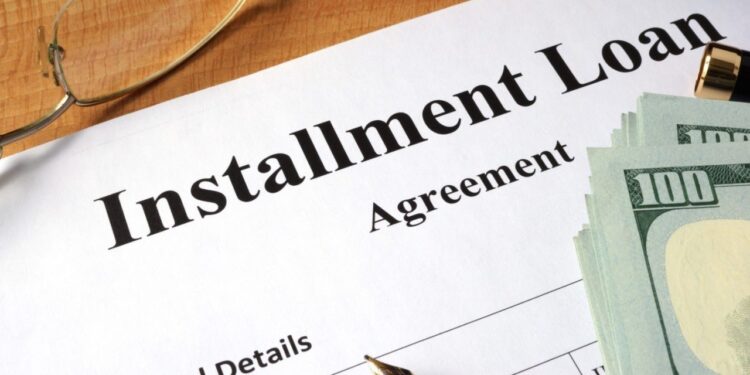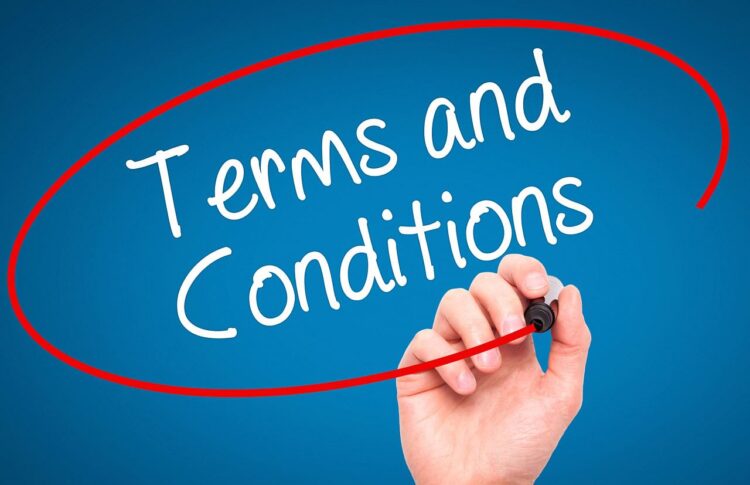Are you planning to borrow some cash for an important purchase? If yes, it is crucial to understand the terms of the debt you will take. Also, since they are the go-to debt types today, you must determine whether you will get revolving credit or an installment loan
An installment loan is a debt type that is repaid in fixed amounts over an agreed period. In contrast, revolving debt allows the borrower to borrow an amount from a limited pool of cash, with the freedom to draw as much or as little until he/she hits the borrowing limit. Once the borrower has repaid the amount he/she has drawn out from the line of credit, the borrower can borrow again from it.
This article will be talking about the distinctive features of revolving debt and an installment loan to help borrowers understand better these two debt types.
Page Contents
Contrasting the Borrowing Basics of these Two Debt Types

Source: neconnected.co.uk
A bank, online lending company like WorldPaydayLoan, or credit union typically provides installment loans to people who want to borrow some cash. Home loans, personal loans, and vehicle loans are typical examples of this debt type.
The annual percentage rates can either be variable or fixed. Variable-rate installment loans are rather risky because the rate is affected by the financial index. In contrast, fixed-rate installment loans are low-risk since you get an exact idea of the amount you will pay per month.
Despite the two kinds of annual percentage rates, one common thing across lending companies that offer this loan is its fixed repayment schedule. Most banks and lending firms stipulate in the agreement the repayment terms of the loan, which typically require the borrower to repay the borrowed money plus interest on a monthly basis until the debt’s maturity date.
Revolving debt differs from an installment loan in that the former enables debtors to withdraw funds against a credit line. You have the leeway to draw out whatever amount from the available credit until you reach the maximum borrowing amount.
For instance, if the agreed borrowing limit is $5,000, you can take out only $2,000 off of it. Then, once you have repaid that amount, the credit line will get replenished to its maximum amount and will be open to you again.
Some lines of credit remain open for an indefinite time. Credit cards are a good example of this one. There are also revolving credit lines open solely for a set period. One example that comes to mind is HELOC, which has a term of ten years.
The downside of this debt type is that you may get lost how much your debt is and when to repay it. The liberty to take an amount from the line of credit, make payments of it, and repeat while the credit line is open may be disadvantageous on your part. Moreover, there are products of this debt type with a variable rate of interest, making the cost of your debt unpredictable.
Contrasting the Two When it Comes to Access to Funds

Source: reliablecounter.com
A borrower of an installment loan will receive a lump sum once the loan application gets an okay from the lender. For instance, if the loan amount is $15,000, that amount will be transferred to the borrower’s account immediately after approval. If the borrower plans to borrow more cash, he/she will need to make another loan application for a new loan.
A revolving debt enables you to pick the time when to draw out funds from your line of credit. You may withdraw an amount from the credit line immediately after opening an account. You may also wait for some time (say, weeks or months) before drawing out the funds.
However, it is crucial to read and understand the policy of the lending company because there are credit card companies that will close your card if it becomes inactive for a long time. Revolving debt also enables you to borrow again insofar as there are still funds in the credit line or after you have replenished the funds by paying down the amount you have drawn out from it.
If you need to pay for a house or a car, it is a smart move to go for an installment loan because the loan amount and repayment are fixed. But revolving debt is an excellent option if you just want to have ready funds for minor, unexpected expenses. Also, you can consult an expert for it. A good debt relief program in Texas or your area would help you establish a payment plan that adapts to your needs.
Difference When it Comes to Repayment Terms

Source: ziploan.in
The repayment schedule for an installment loan is fixed and predictable. It will be stipulated in the agreement: the repayment date, the monthly installment amount, and the maturity date. If the loan has a fixed annual percentage rate, your payment per month stays the same throughout the loan’s term. So, if the loan contract has a ten-year term and the monthly installment is $200, you will be making payments of $200 a month throughout that ten-year term.
Revolving debt payments are contingent on the funds you have drawn out from the credit line. Let’s say you open an account but you have not yet borrowed from it, there is no need for you to make payments of any sort.
If you have borrowed an amount from the credit line, your repayment for that amount will be divided into portions. Typically, the minimum payment every month is 2% of the funds you have drawn out. If the amount you have borrowed from the credit line is lower and can be paid for a single month or a few months, it will be easier for you to pay it.
You can also choose to make a single payment for the money you have borrowed from the credit line. In this way, you can reduce the interest that is typically charged every month if you opt to make minimum monthly payments.
Takeaway
Now that we have already discussed the distinctive features of an installment loan and revolving debt, most probably you now have an idea of what debt type you have to choose for your financial situation.
Keep in mind that one of them may be advantageous for a particular borrower and disadvantageous for another. That’s why you have to do your research before you shop for either one of these types of debt. Also, don’t forget to inquire about the terms of a loan product before applying for it.





